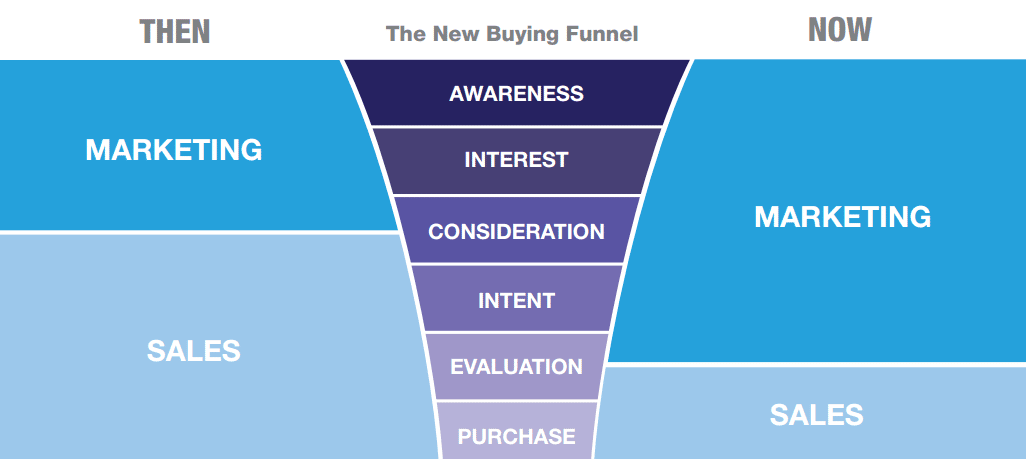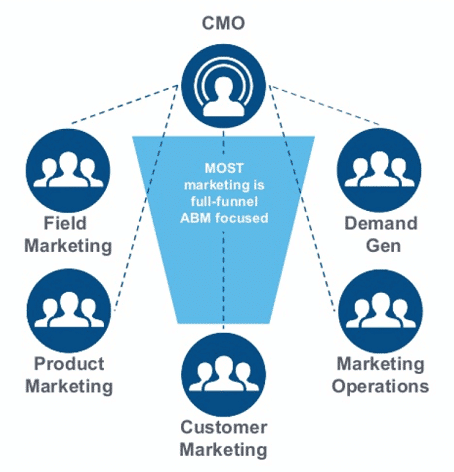
Planning for ABM? Overcome These Common Challenges
Account-based marketing (ABM) has gained a firm foothold in the B2B marketing world. According to Information Technology Services Marketing Association, ABM is defined as “treating individual accounts as markets in their own right.” Basically, you as a marketer are taking personalization to an elevated level. Making the leap into ABM marketing is highly recommended to improve your marketing ROI, but without proper planning, finding success could become a struggle.
The only way to reduce the potential risks associated with virtually any strategy is to develop a comprehensive game plan. Effective planning will result in increased buy-in from upper management, effective training and development, acquisition of the right ABM tools, the accurate collection of data, and ultimately a boost to your strategy success.
Here are a handful of the different challenges and issues associated with account-based marketing and how planning can reduce the risk that they occur.
Quick Takeaways:
- Marketing and Sales need to agree on lead scoring and target account fit while planning for ABM.
- More than a fourth of your lead data becomes outdated every year.
- For every account, there has to be consistency in interactions across multiple touchpoints.
- Measure the effectiveness of your prospecting and account quality at every stage of your ABM cycle.
Aligning Sales and Marketing
For the most part, marketing and sales teams tend to operate independently, though that has been changing over the last few years. Marketers focus on lead generation, so they care more about quantity, whereas salespeople focus on lead conversion, so they care more about quality.
Make sure that the objectives of each team are directed towards a common goal. If it requires alignment meetings every week to avoid confusion, then make it happen. Plan out your customer journey, buying funnels, and Service-Level Agreements (SLAs) between the teams, so collaboration becomes official business.

Areas necessary for effective alignment include:
- MQL and SQL Alignment: Do your lead scoring processes meet? Has your sales team made updates to what they consider a sales qualified lead? Has marketing?
- Target Account Fit: With a newly defined lead scoring process, do the accounts on your ABM list still qualify?
- Sales Insight: Work with your sales teams to gather insight into each of the accounts. Through their research or previous engagements, they may provide you with updated information about who to target, and what they are most interested in engaging with.
Working with Outdated CRM Data
When developing your ABM list and strategies, the efficacy of your current CRM data may be the last thing on your mind, but outdated or incorrect data can have a very negative effect on your program success.
It is estimated that sales members lose up to 27% of their productive time due to bad lead data. When bad data is utilized in marketing efforts, it can result in more bounces, fewer email opens, and lower conversion rates. Marketing Sherpa found that between 25-30% of lead data becomes outdated (inaccurate) every year so staying on top of the accuracy of your database is paramount.
Thinking Too Big
Keep in mind that there are some things account-based marketing can’t do. For example, it isn’t nearly as scalable as mass marketing because of the research and personalization requirements. If you think too big too soon and roll out ABM to hundreds of accounts at the same time, you’ll end up overwhelming your sales and marketing teams, and losing control over the process.

ABM works best when it’s rolled out slowly and implemented over time. Make your plan and start out with just a few accounts. Once you get used to the process and start seeing positive results, you can begin to extend ABM implementation to the rest of your accounts.
- Work with Sales to identify the top ten accounts who fit your desired customer profiles.
- Assign an internal or 3rd party team to update the lead profiles of the individuals in these accounts, making sure to capture any and all updated contact and job role information.
- Start with a list of companies that are within the same target vertical. ABM marketing requires highly targeted personalization, attempting to personalize campaigns to accounts in different verticals may overload your marketing and sales teams.
Maintaining Consistency and Effort
If you’re just beginning with ABM, expect to make a few mistakes here and there. But, you will become more proficient as time goes on. Since the strategy aims for precision, data is an integral factor in the process. Collecting and analyzing data must be an ongoing activity.
Equally important is the need for consistency in delivery or your nurture programs. Even though they’re only talking to a single contact, the team behind your ABM implementation should ensure consistency across multiple touch points to build a long-term relationship with the target account.
Measuring Your Efforts
The results of your ABM strategy might take longer to come to fruition than other marketing strategies. However, you can identify small achievements by measuring your ABM campaign’s performance along the way.
If you’ve just started implementing ABM in your prospecting efforts, you can do a comparative analysis to discover which strategy performs better. This will help you identify strengths and areas for improvement. Measurement should take place at every stage of the ABM process, and measurement systems should be indicated in the marketing plan. Some of these key metrics include:
- Account Quality: Are the accounts in your ABM list of a high quality in relation to your most active customers. This can base on topical firmographics of the company, down to the technographics of the software typically utilized.
- Account Coverage: Are you reaching the target buyers within your accounts? Where are you reaching them?
- Account Engagement: Are your target accounts engaging with your marketing activities? This can include topical engagements such as email opens, website visits, content downloads, and social engagements.
These ABM challenges and issues can all be prevented, or at the very least reduced, by a thorough knowledge of your account-based marketing principles. If you have a comprehensive plan that considers the potential challenges you might face, you’ll be able to develop contingencies and even find opportunities to improve various aspects of your ABM process.






